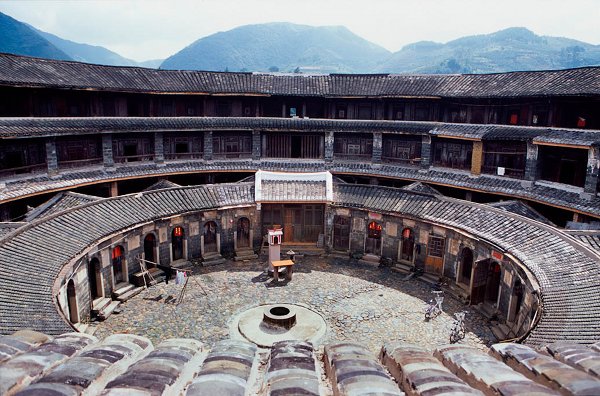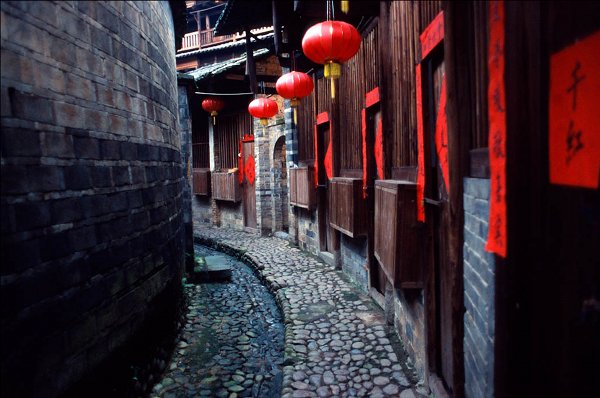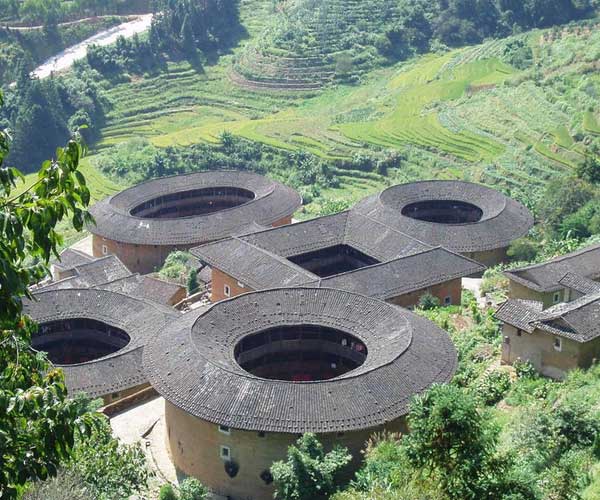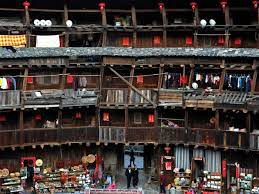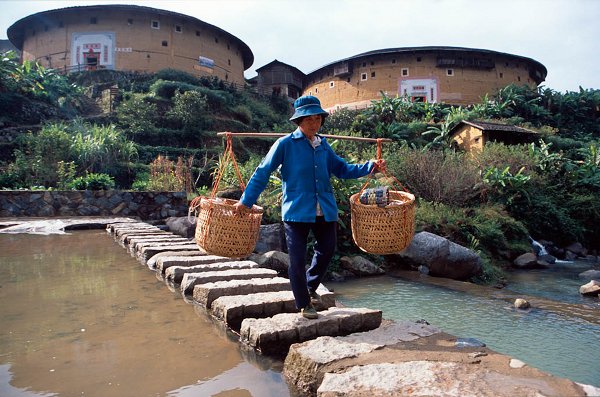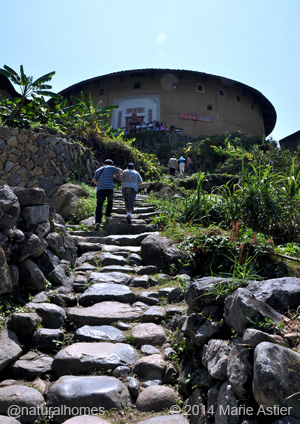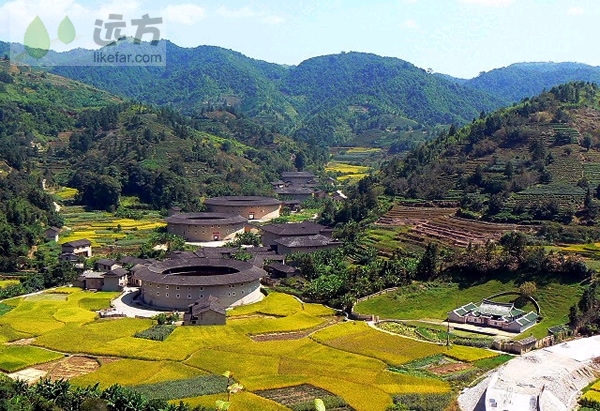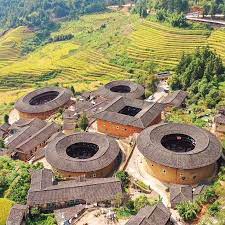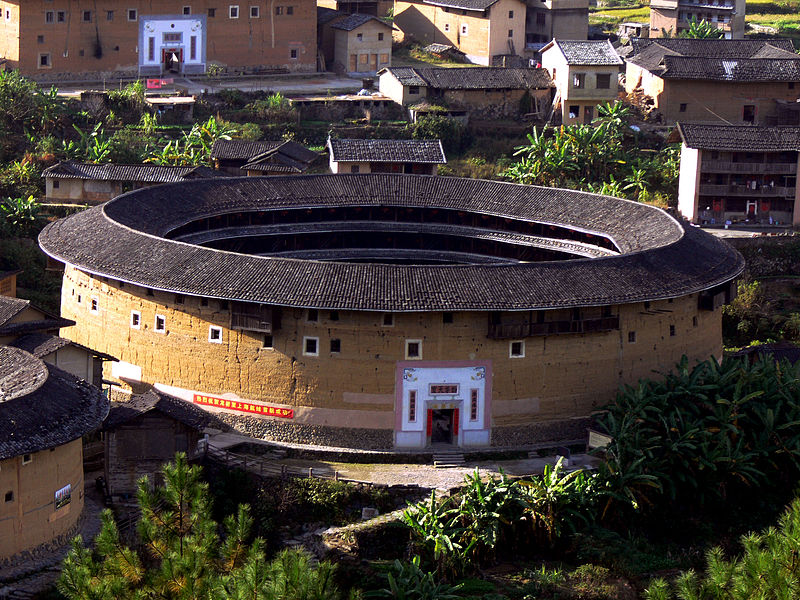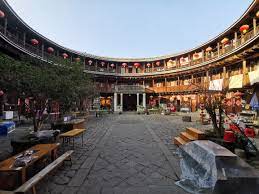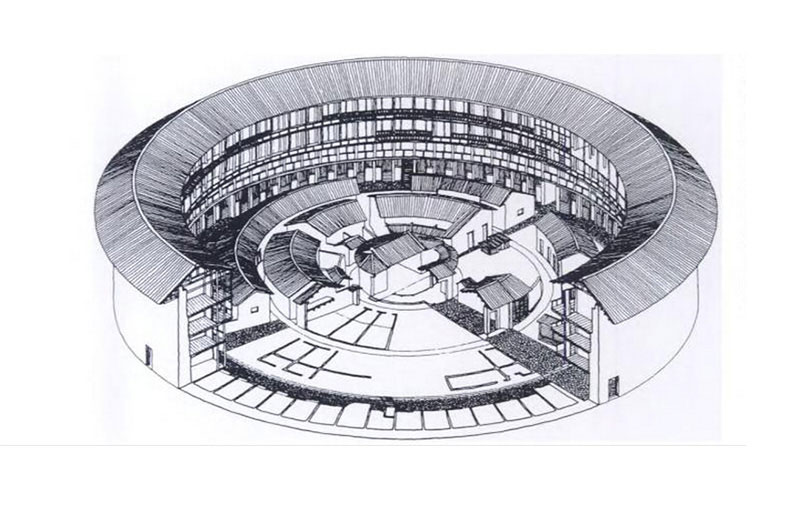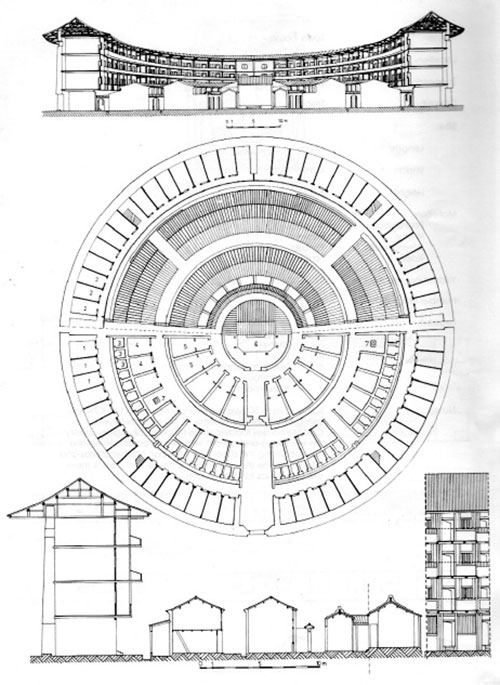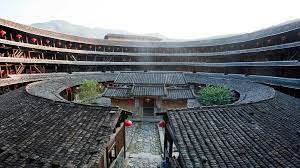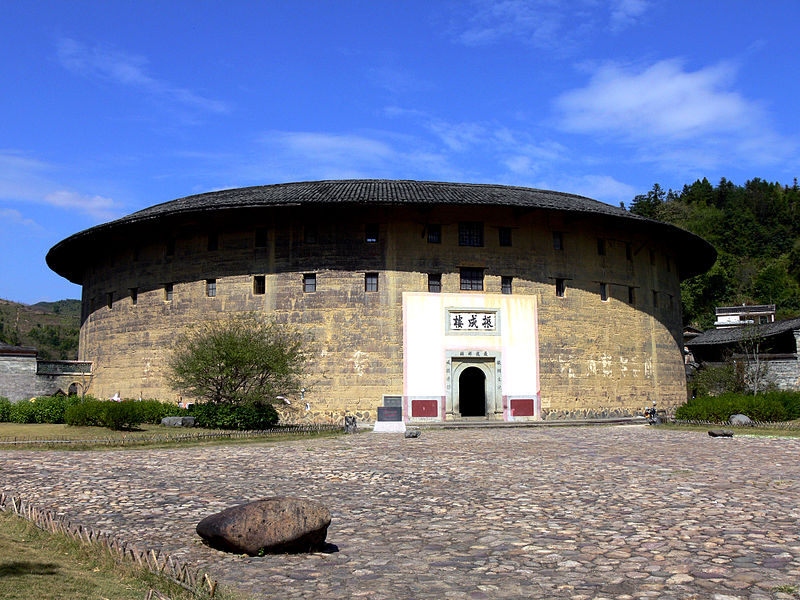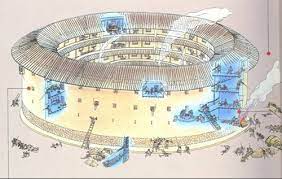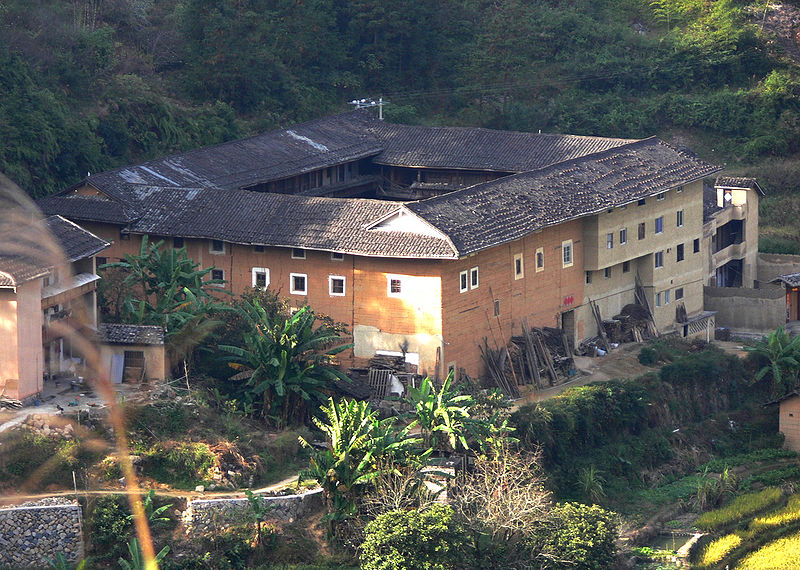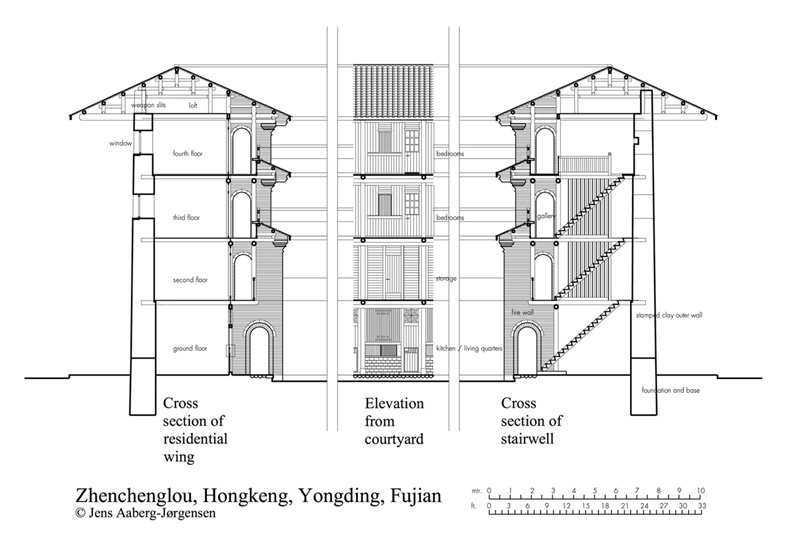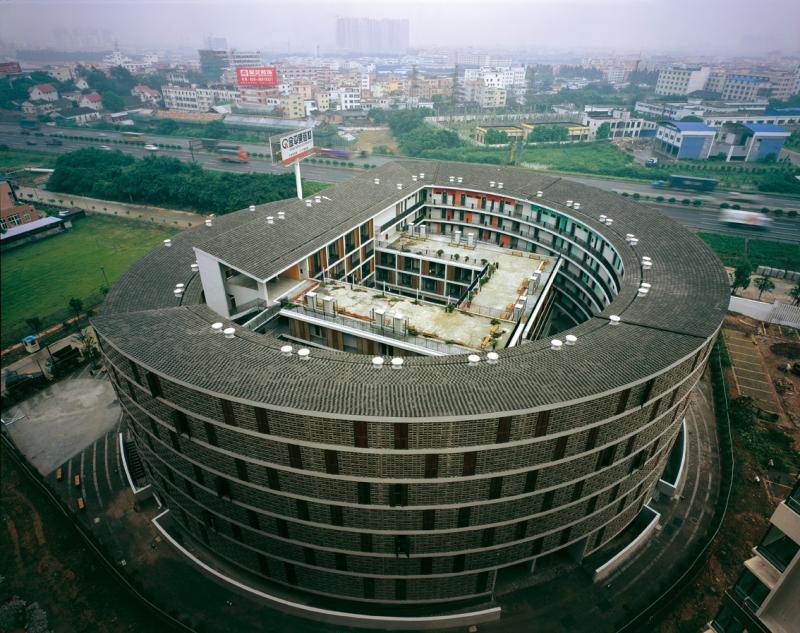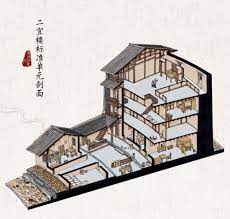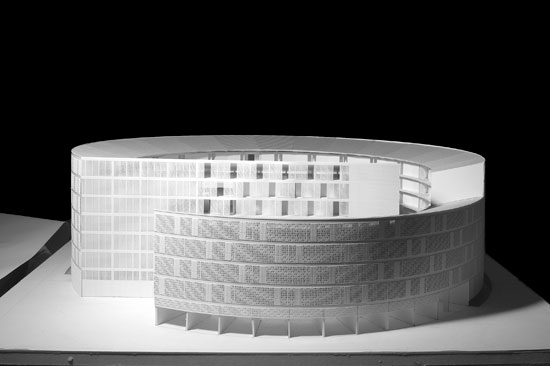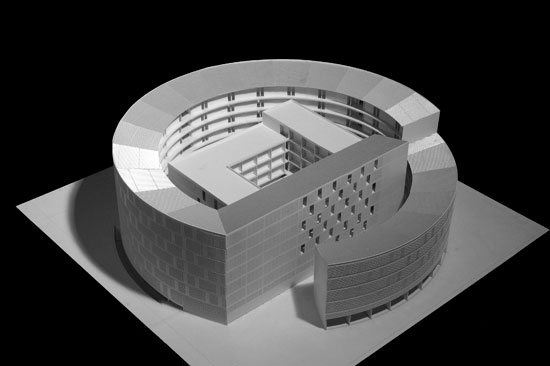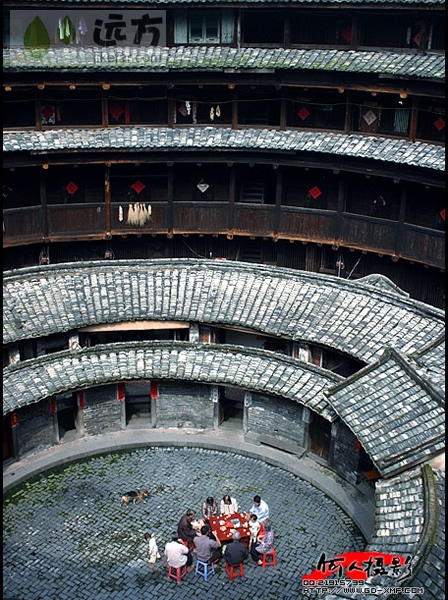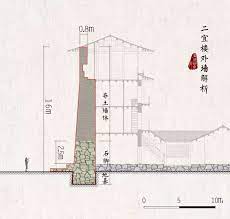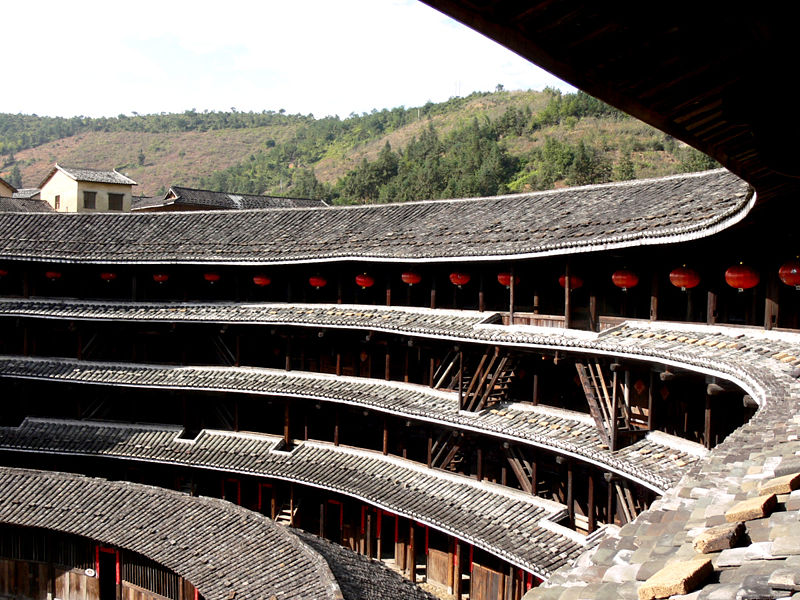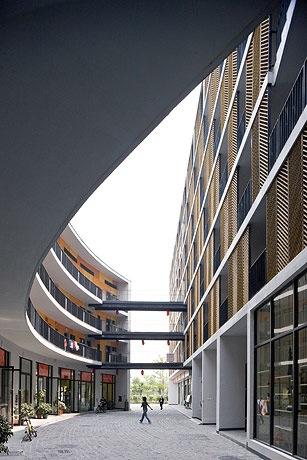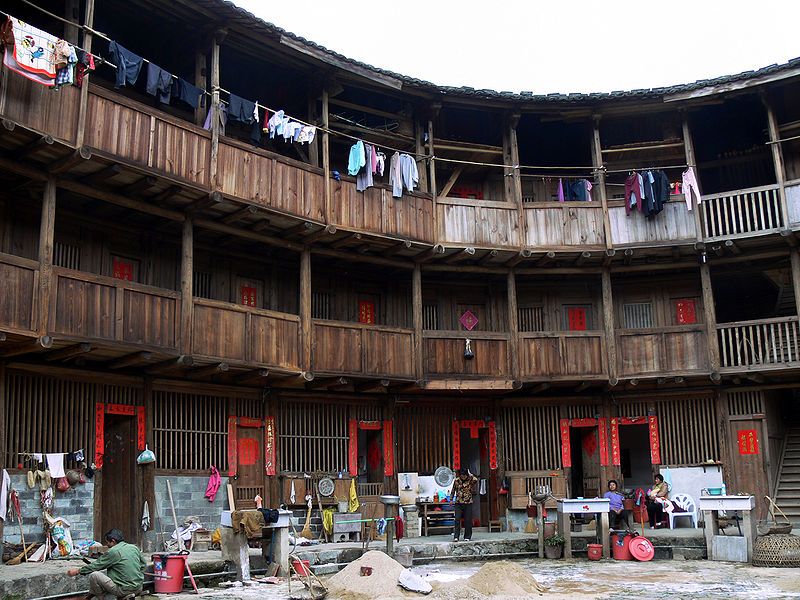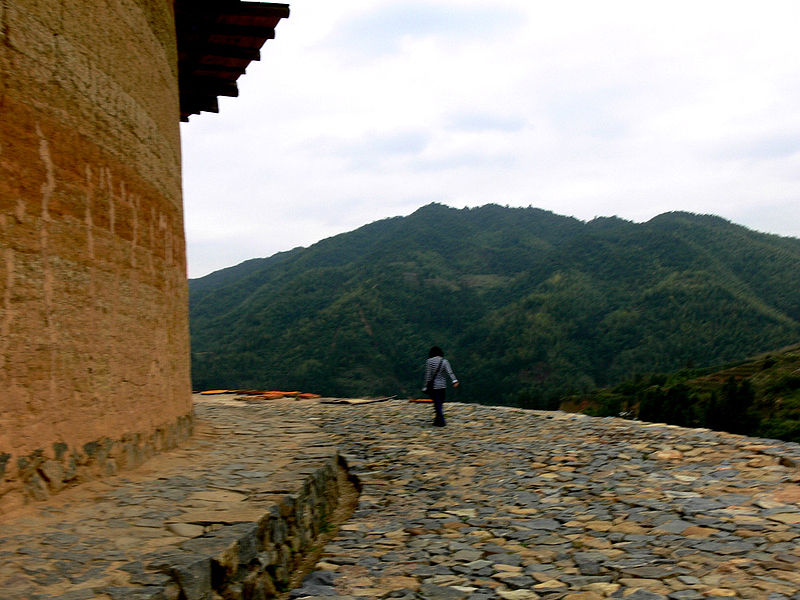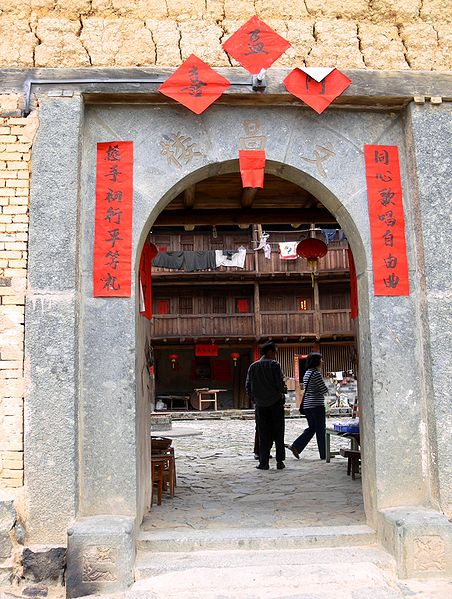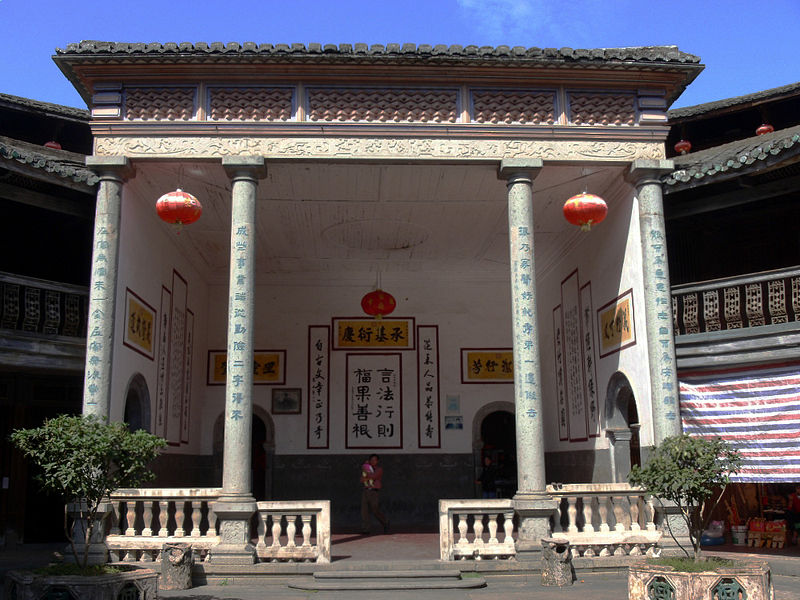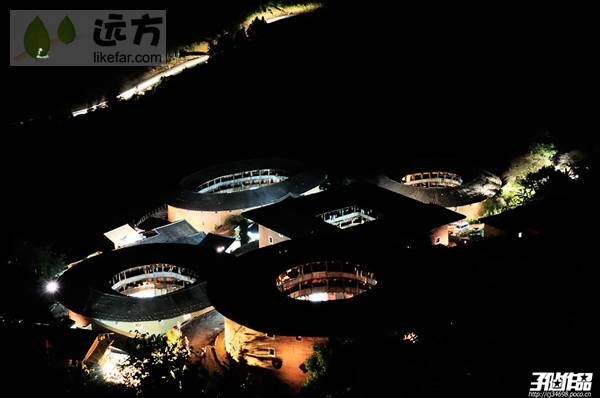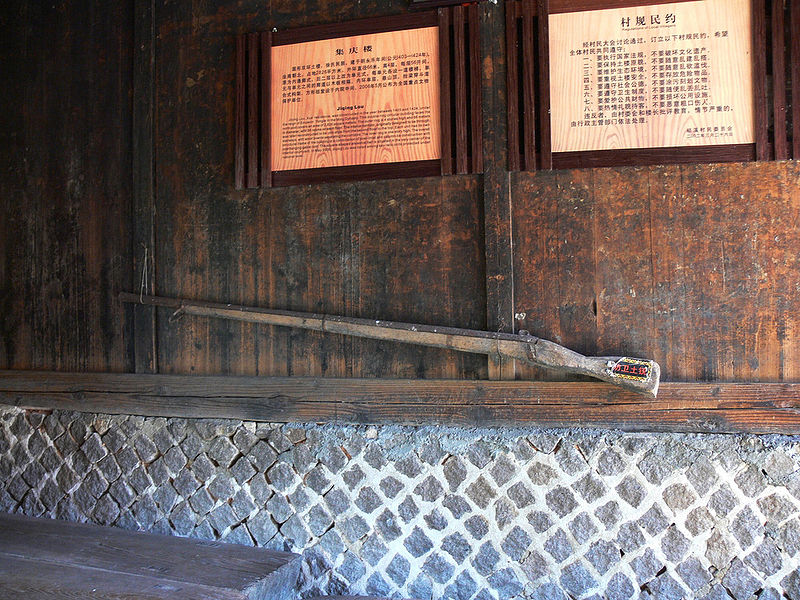Inprimatu
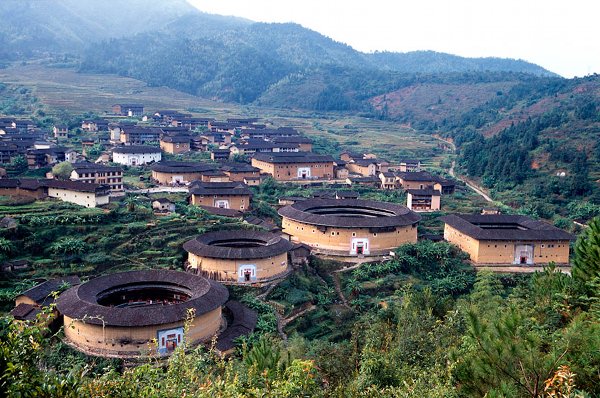

Tulou de Fujian
- ARQUITECTURA SIN ARQUITECTOS, ASN
- Fujian
- China
- Información general
- Video (Chino)
- Pagina de turismo especializado en Tulou (Chino)
- Información en Inglés y fotografias
- Información general
- Edificio nuevo inspirado en las viviendas de Tolou
- Video: Edificio inspirado en las Hakka houses
- Video tolou houses
- Edificio actual inspirado en las viviendas tradicionales de Tolou
- Información en Inglés y fotografias
- Información general
- Edificio nuevo inspirado en las viviendas de Tolou
- Video: Edificio inspirado en las Hakka houses
- Video tolou houses
- Edificio actual inspirado en las viviendas tradicionales de Tolou
- Información en Inglés y fotografias
- Información general
- Edificio nuevo inspirado en las viviendas de Tolou
- Video: Edificio inspirado en las Hakka houses
- Video tolou houses
- Edificio actual inspirado en las viviendas tradicionales de Tolou
- Información en Inglés y fotografias
- Información general
- Edificio nuevo inspirado en las viviendas de Tolou
- Video: Edificio inspirado en las Hakka houses
- Video tolou houses
- Edificio actual inspirado en las viviendas tradicionales de Tolou
- Fujian Tulou, the Hakka Walled Villages
- tulou de fujian, las fortalezas olvidadas de china
- https://whc.unesco.org/es/list/1113
- Las gigantescas casas comunales de China: el Fujian Tulou
- World Cultural Heritage Site: Fujian Tulou (2008) Comment from the World Heritage Committee
- Preserving the culture of Fujian’s iconic tulous
- TULOU: THE RAMMED EARTH DWELLINGS OF FUJIAN (CHINA). FUNCTIONAL, TYPOLOGICAL AND CONSTRUCTIVE FEATURES
- Tulou, un sitio histórico en fujian china





